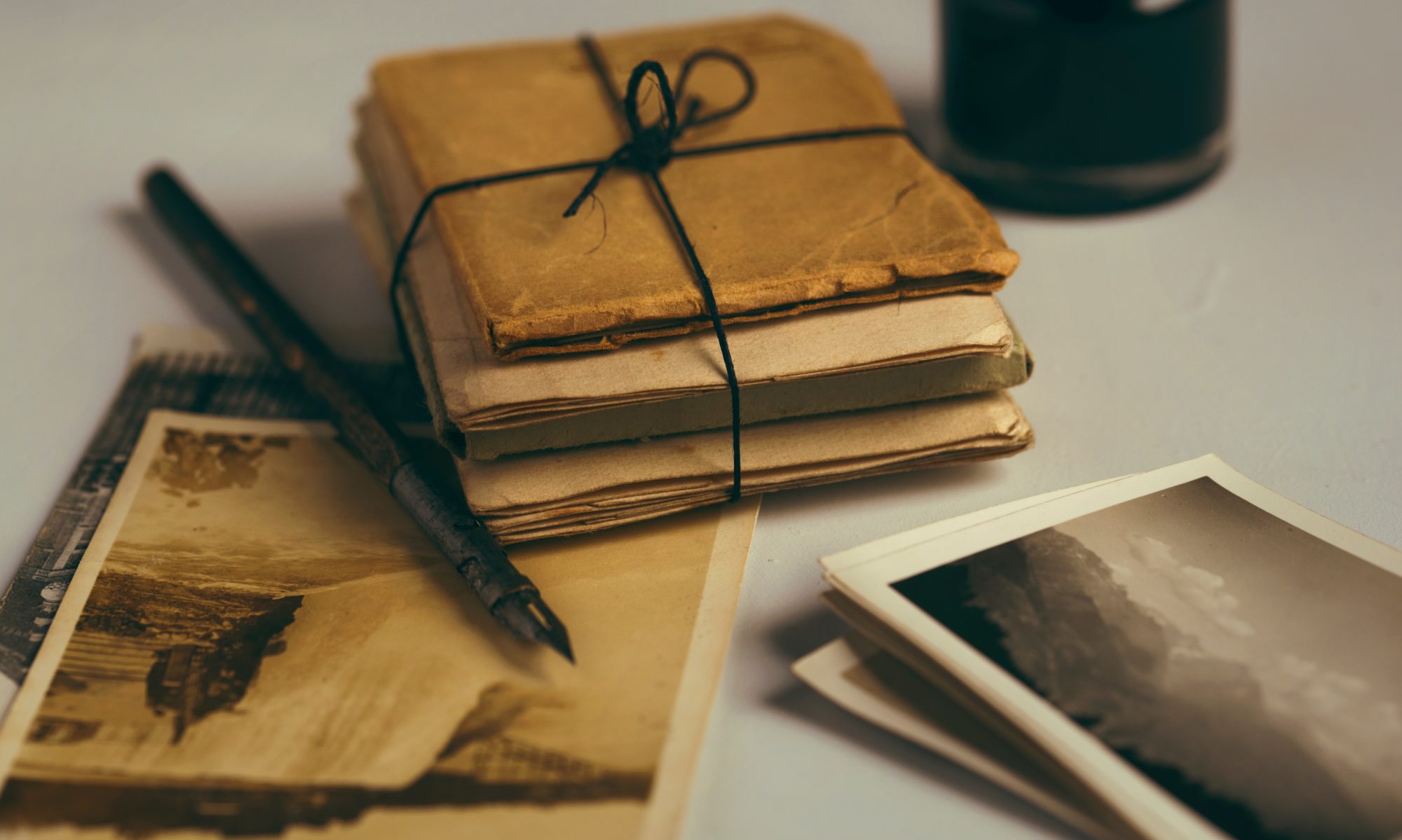
When you get on a roll and you are finding lots of new information about your ancestors, it’s very easy to get caught up in the moment. STOP!! Have you remembered to make note of where your information is coming from? Citing sources is not the most exciting part of genealogy research, far from it. But if you don’t cite sources, you WILL forget where you found out the information.

“So what?” I hear you cry! “Stopping to do that boring stuff will make me lose my flow! There’s so much exciting information right here I need to gather!” That is true. But that information isn’t going to disappear while you take a few moments to make some notes.
Why is it important to cite sources?
Let’s say you find out something critical about an ancestor that allows you to tie them into a family line that you then continue to research several generations further back. Two years (and hundreds of hours of research) later, you find another piece of evidence that totally contradicts what you thought you knew. This new piece of evidence ties them to a totally different family, unrelated to the first. What do you do? How do you decide which piece of evidence is correct since they can’t both be? Answer: you go back to the sources and critically examine them both to see which is most credible, or use them to decide where you might look for further supporting evidence for each.
Problem: you didn’t cite the source of the first piece of evidence. And now you just don’t remember where you saw it. Was it from an official document, reported in the newspaper, in a book, on a website, did you hear it from a family member or did you find it on someone else’s family tree and assume it was right? How reliable was it? Where can you go to check it’s accuracy further? You just don’t know. Therefore, you also don’t really know if the tree you constructed based on that information is correct. Perhaps you’ve just wasted two years barking up the wrong family tree!
Citing your sources is all part of good genealogical organization.

What does ‘cite sources’ actually mean?
For a professional genealogist, there’s a very specific way of doing it, with specific formats for different sources of evidence. At the end of the day though, for your own personal family tree (unless you’re planning on publishing it), the main goal of citation is to be able to easily find your way back to the source of the information. It can be as simple as attaching a copy of the source to the relevent family group sheet, or attaching a scan of it to the relevent person(s) in a family tree computer program or online. If it’s a page of a book, make sure you’ve noted which book – author, title, publisher, edition – as that may not be apparent from the photocopied page! Some subscription genealogy services will have the sources amongst their offerings and you can directly connect them to the person(s) in question.
A well-sourced family tree saves you time and headaches
If you have unfailingly added source citations to all your ancestors as you have discovered them you can save hours of pulling your hair out trying to remember what made you assume something was true about them. You can simply go back to the sources and compare them for likely accuracy.
- How close was the source to the actual event?
- Who recorded it? Why?
- Would they have had any reason to record the information inaccurately, either deliberately or by error?
- Did you misinterpret it?
- Is it a correct source but for a completely different person with a similar name?
- Did the source itself rely on secondhand information (or third hand, or fourth hand)?

Get as close to the original source of the information as possible. If your source cited another source, seek that out and verify it.
And remember the more individual sources of evidence you have for each fact about your family members, the more confidence you can have that it is correct. Aim for at least three!
Have you ever wished you’d kept a better record of where you found some evidence? I know I wish I’d started my research the way I do it now! Comment below…
Finally, I know I said I was going to bring you a blog on finding your female ancestors as a follow up to a previous blog, but a fellow genealogist published a fantastic article about that topic on her blog soon after my saying that. Rather than reinventing the wheel, I would urge you to take a look here!









